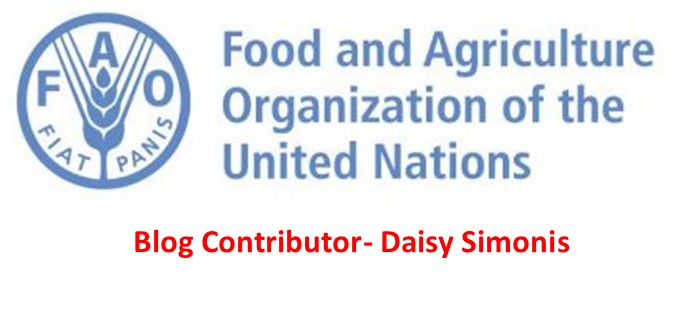According to a 2020 report from the United Nations food agencies, “almost 690 million people in the world (8.9% of the world population) are estimated to have been undernourished in 2019”. And it is at our doorstep. A report from Feeding America in 2021 found that 42 million people may experience food insecurity due to the effects of the COVID-19 pandemic.
Here are the facts you should know about hunger:
- Over 23 million people in the US live in food deserts.
A food desert is an area where people’s access to affordable, fresh, and healthy food options is restricted or nonexistent. This is due to the absence of grocery stores within easy traveling distance. People living in rural areas are most affected, particularly in the actual deserts of the American West, in Nevada and Wyoming.
- The Sustainable Development Goal for hunger may not be achieved.
This goal from the UN calls for ending hunger in the world by 2030. Although significant progress has been made in reducing the number of undernourished people in developing regions, this progress has slowed. The prevalence of undernourishment has actually increased, and the effects of COVID-19 have severely impacted change.
- Not having enough to eat impacts whole communities.
When food hunger is present, a lot happens. Children are unable to focus in school—some don’t even have the energy to make it to school. Their cognitive and physical growth is hugely limited. Everything is focused on the next meal. Access to healthy food may also be limited, and the resulting reliance on junk food can lead to huge health issues.
- Food insecurity is more than having limited access to food: it’s about education.
Millions of Americans walk past aisles of healthy food to buy soda, sweets, and calorie-dense processed food. It’s easier to buy something already made (and relatively cheap) rather than having the luxury of time, resources, and energy to make something from fresh ingredients.
- Everyone can help reduce food insecurity.
Whether it’s taking part in a food drive or donating to a local food bank, there are initiatives all over the country to offer help to people in need. At F4, we connect restaurants, universities, caterers, hospitals, and other sources with excess food to homeless shelters, and individuals in need so that they can re-purpose this food for distribution.
When we take small actions together, it can lead to world change.
Sources
- http://www.fao.org/3/ca9692en/online/ca9692en.html#chapter-executive_summary
- https://foodispower.org/access-health/food-deserts/
- https://www.dosomething.org/us/facts/11-facts-about-food-deserts#fn2
- https://www.un.org/millenniumgoals/poverty.shtml
- https://cityobservatory.org/food-deserts/
- https://www.feedingamerica.org/hunger-in-america/facts
- https://www.worldvision.org/hunger-news-stories/world-hunger-facts
- https://www.globalcitizen.org/en/content/food-hunger-issues-explained/


Leave a Reply